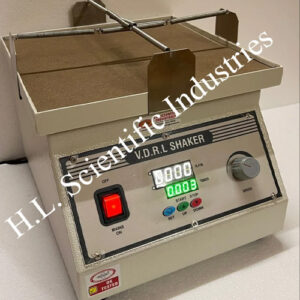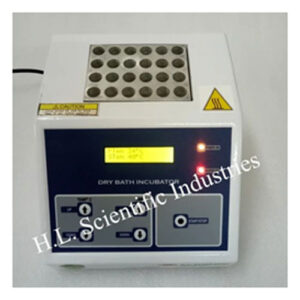Description
- Recently in the histo pathological examination, as for specimens of particularly large area or hard materials as well as for special purposes, very thin specimens such as of 1-3 microns or other sections of various kinds have been increasingly demanded. Large sledge micro tome has been fabricated by improving hitherto used micro tomes providing their inherent characteristics to meet the above requirements. As such this model is highly recommended for all biological and research laboratories for sectioning of soft tissues and also hard materials such as stem, root or other botanical objects etc. It is very suitable also for ear, nose and throat departments where sections of fairly large specimens are required. If incorporated a freezing attachment, this micro tome can be as a freezing micro tome.
Introduction
this micro tome consists of main body (slide-way), object clamping stage, feeding device and knife clamping block. The body of the micro tome has 3 tracks of 400mm horizontal slide for knife clamping block and 3 tracks of inclined slide for object clamping stage and feeding device. The shape of the knife block and its contact with 9 tracks eliminate riding up or tilting of the micro tome knife during the cutting.The knife clamping block has a ball for clamping the knife holder and a handle. The knife holder is fitted with two screws serving to eliminate vibration of the knife. The clearance angle of the knife can be adjusted by means of a screw drive.
The object clamping stage has a sliding stage and object clamping holder, the object clamping holder is equipped with two rack and pinion swivelling device which can be oriented for adjustment of cutting object. It can be raised or lowered by rack and pinion for the approximate height adjustment of the object. The specimen blocks upto 30x30mm can be held in it.
The feed device can be adjusted for section thickness between 1 to 10microns by increment of 0. 5micron by hand, with settling drum calibration scale. The specimen rises accurately by a micrometer screw fitted with a ratchet gear and lever transmission. The feeding screw is 40mm. In effective length and of open-and-close half-nut type, it returns to the initial position when the handle is opened.
Thin and accurate paraffin sections can be readily obtained. This may also be applied for preparing celloidin specimens.





